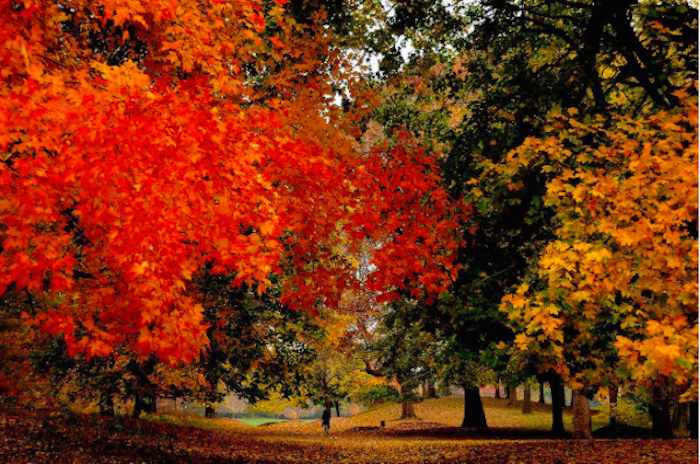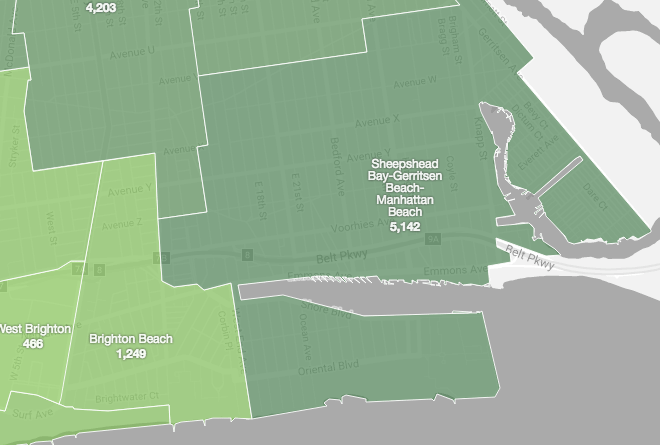Believe It Or Not: Sheepshead Bay Is Relatively Green


New Yorkers have a new way to learn about our urban landscape just in time for the last hurrah of the autumn leaves. The NYC Parks Department’s newest tree census data charts our urban forest on a micro and macro scale, so we can visualize the many ways that trees improve our health, shrink our carbon footprint, and prune the city’s budget.
For more than a year, thousands of volunteers surveyed more than 685,000 street trees across all five boroughs, collecting data on species, health, trunk diameter, and GPS coordinates to plant onto an interactive software from the Center for Urban Forest Research.
Readers can browse the map by borough, neighborhood, street or individual tree to get a macro and micro view of urban forestry — and celebrate your favorite trees through stewardship guides and sharing street locations with your friends.
Trees have ecological benefits beyond lifting your mood and helping you breathe better. They also capture storm water runoff, reduce energy costs, clean pollutants from the air and save the city money every year.
There are 5,142 trees rooted in Sheepshead Bay, Gerritsen Beach, and Manhattan Beach, the most common of which is the London Planetree (also the most common in the city). Sheepshead trees remove 11,331 pounds of air pollutants removed every year and save the city more than $1 million per year, according to NYC Street Trees data. This begs the question, does money grow on trees after all?

Want to learn more? Now you can pine over your favorite tree while learning some advanced care tools here, or root around in the Open Space parks data to create your own project here.




